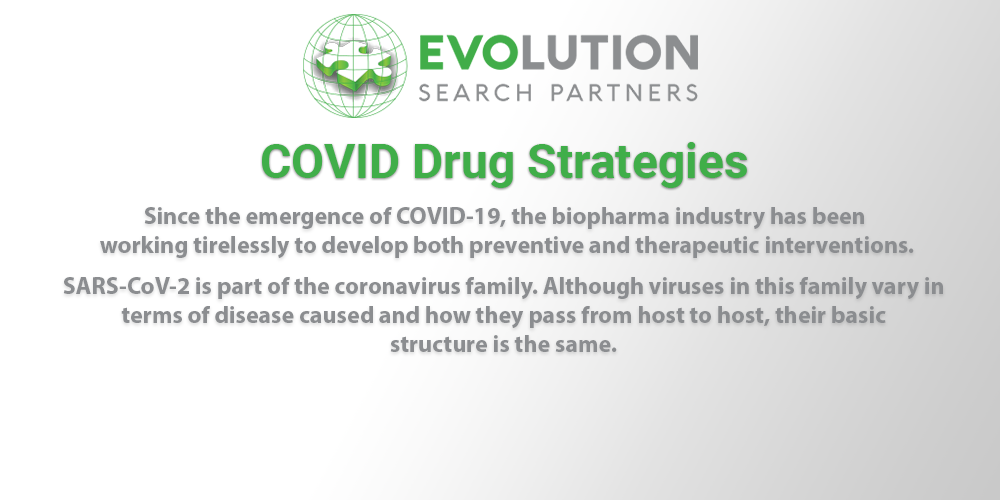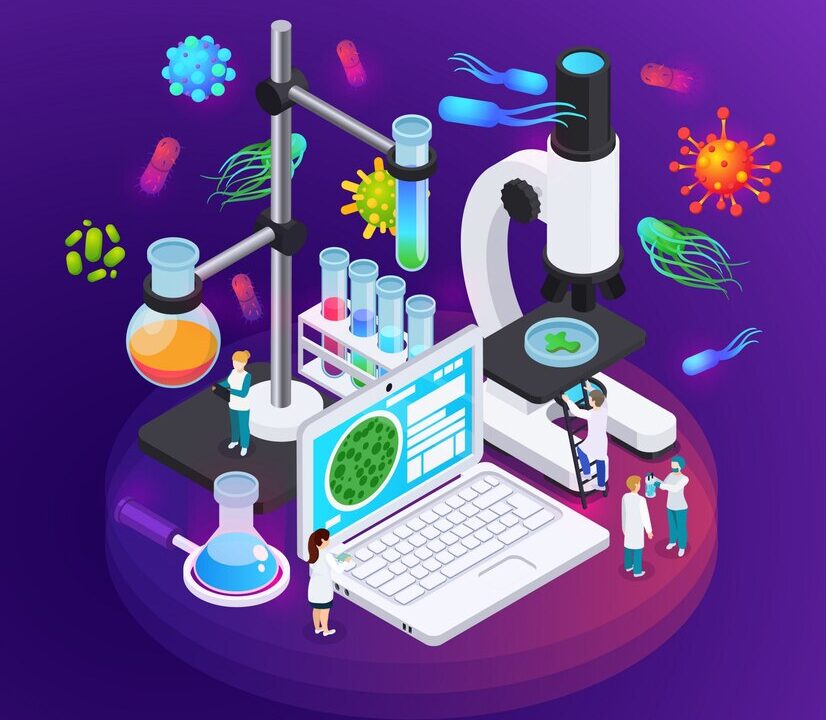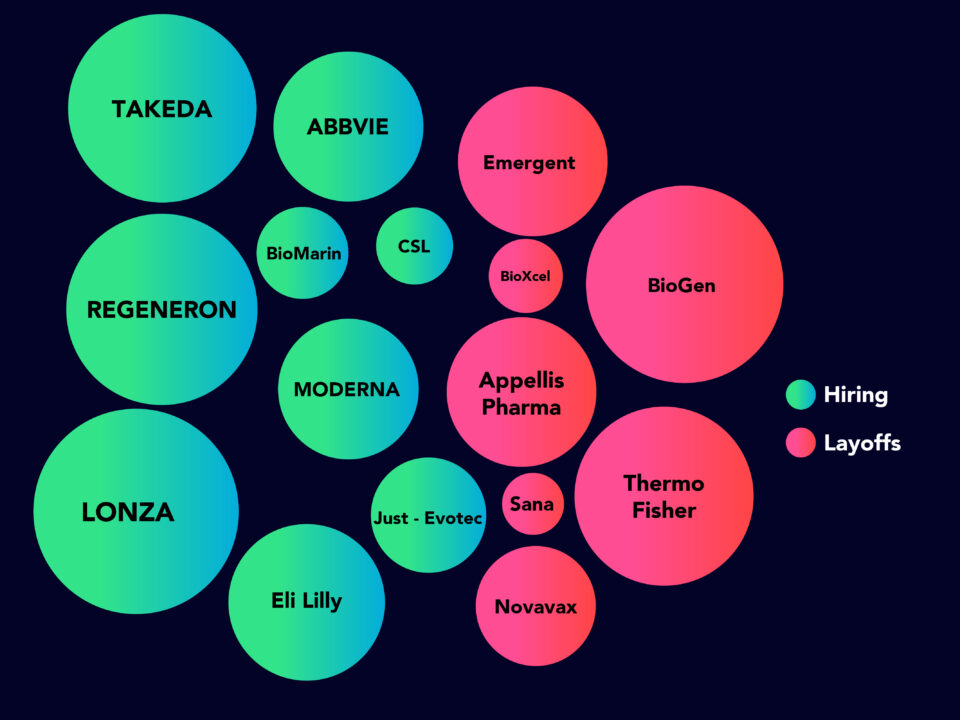
Evolution Insight: Pfizer and BioNtech: a lightspeed deal for potential Covid Vaccine.
June 5, 2020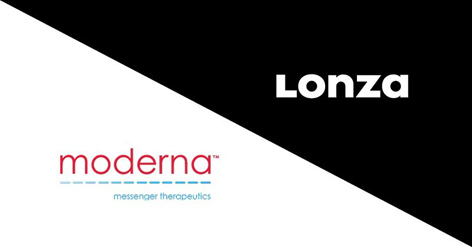
Lonza accelerating efforts to make Moderna vaccine
June 9, 2020Since the emergence of COVID-19, the biopharma industry has been working tirelessly to develop both preventive and therapeutic interventions.
SARS-CoV-2 is part of the coronavirus family. Although viruses in this family vary in terms of disease and how they pass from host to host, their basic structure is the same. Coronaviruses are made up of three key parts;
- Genetic information contained in RNA
- A viral envelope
- Spike proteins
We consider four drug development strategies;
- Block Viral Replication
- Prevent Cell entry
- Reduce Immune response
- Drug Repurposing
1: Block Viral Replication.
Despite our limited knowledge of SARS-CoV-2, pathogenic coronaviruses have been widely studied since the SARS coronavirus outbreak of 2003 and the MERS outbreak which began in 2012. While there are differences in both infectivity and mortality rates between SARS/MERS and the current SARS-CoV-2 virus, the genome size (30 kb) and organisation of replicase-transcriptase and structural protein Orfs used in all three viruses is highly conserved. Therefore, SARS and MERS research has already helped in identifying potential viral and host drug targets to block coronavirus replication.
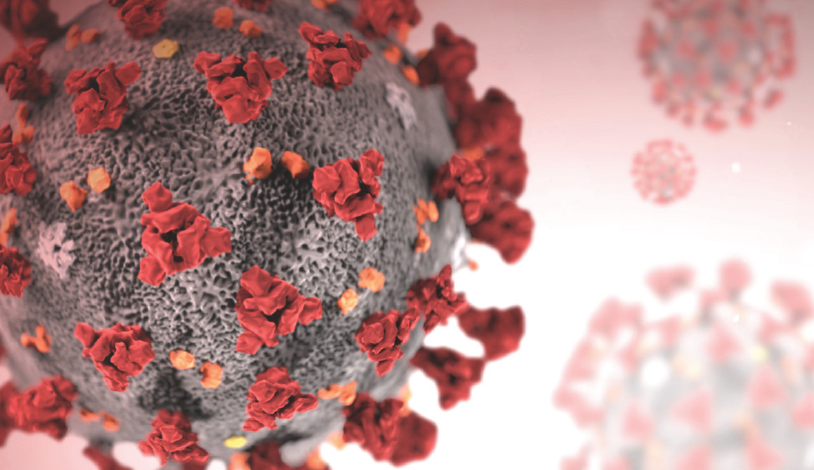
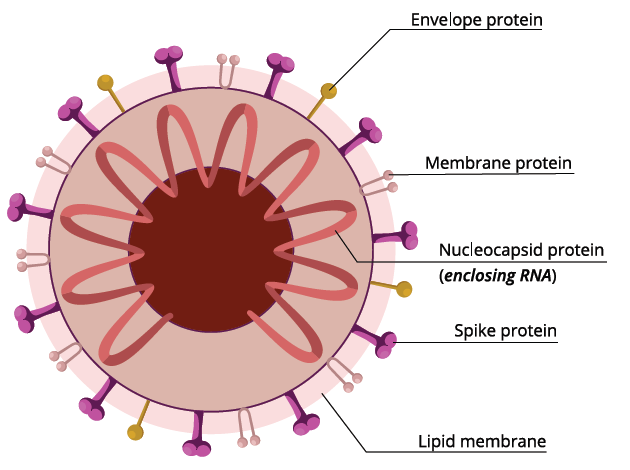
2: Prevent Cell Entry.
Cell entry of coronaviruses depends on binding of the viral spike (S) proteins to cellular receptors and on S protein priming by host cell proteases. Unravelling which cellular factors are used by SARS-CoV-2 for entry might provide insights into viral transmission and reveal therapeutic targets. SARS-CoV-2 uses the SARS-CoV receptor ACE2 for entry and the serine protease TMPRSS2 for S protein priming.
3: Reduce Immune Response.
The severity and outcome of COVID-19 might be associated with the excessive production of proinflammatory cytokines; “cytokine storm,” leading to an acute respiratory distress syndrome. Immune - modulatory or immune - suppressive treatments such as Hydroxychloroquine, Interleukin (IL)-6 and IL-1 antagonists, might be considered as treatment choices for COVID-19, particularly in severe disease.
4: Drug Repurposing.
Leverage drugs and biomolecules previously reported to have activity against related coronaviruses.

